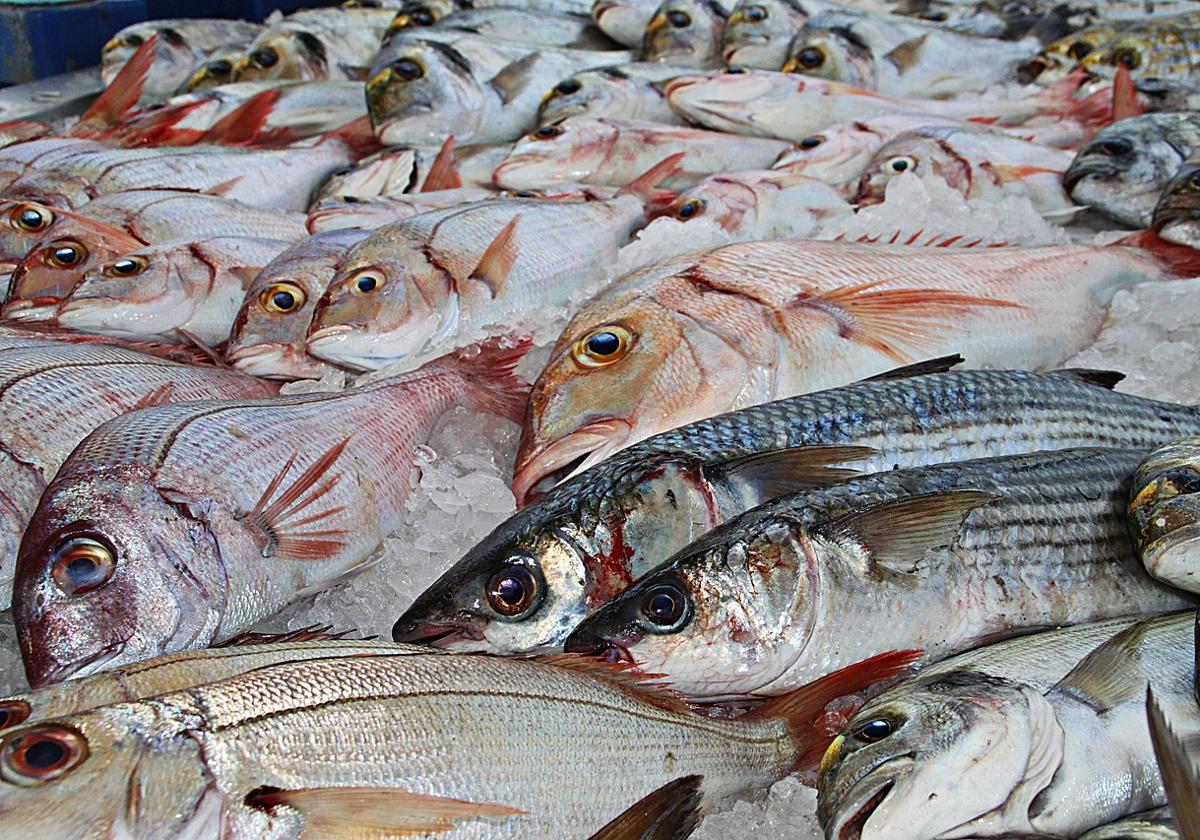Can fish feel pain?
Should we be turning our attention to how fish are treated before they end up on our plates?
Andrew J. Linn
Lunes, 10 de abril 2023, 09:28
While it is becoming increasingly normal to reject meat on humanitarian grounds, we could also be turning our attention to how fish are treated.
All ... livestock in the Western world is slaughtered according to legal procedures aimed at reducing suffering, although it is best not to think about how pigs, for example, meet their Waterloo in countries like Vietnam. But fish welfare is ignored.
Most people believe that the lack of facial expression or ability to scream, coupled with their cold blood, makes them immune from pain.
Nevertheless, experiments have demonstrated that fish will avoid underwater areas where they have previously been electrically shocked.
Globally around 2.3 trillion fish are killed for food annually. Factory ships can scoop up hundreds of thousands of fish in one trawl, and the catch usually spends hours on deck slowly suffocating or gutted alive.
Farmed fish, like cattle in beef yards, spend their entire lives in overcrowded and unhygienic environments riddled with waste and antibiotics, many dying of disease.
Fortunately matters are improving, albeit slowly. On the F/V Blue North its harvest of cod from the Bering Sea is stunned individually before being killed.
The Japanese have gone further with their ike-jime procedure, adapted from a traditional slaughtering method. Fish have their brains pierced, causing them to die instantly without releasing stress chemicals which can alter their taste.
However, the Chinese are a hard case, and animal welfare groups will have a tough time convincing them that eating live fish with their hearts still beating does not cause suffering.
¿Tienes una suscripción? Inicia sesión
